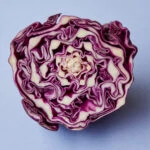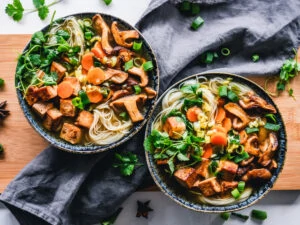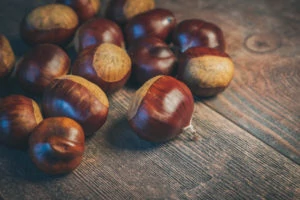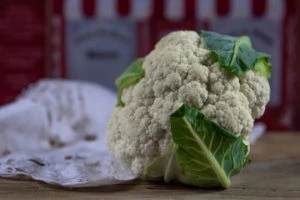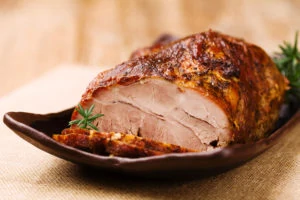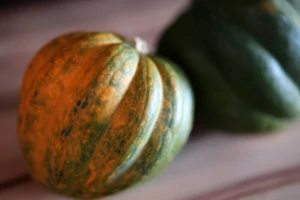How to cook lentils on the stove for a perfectly soft, toothsome plant-based side dish with just two ingredients. Plus, the difference between the different lentil varieties and how to serve this tasty and healthy legume.
To cook lentils on the stove, bring 1 cup of lentils and 4 cups of water to a simmer on the stove. Reduce the heat to low and simmer for 20 to 40 minutes, depending on the variety of lentils you have. Season to taste and serve.
Lentils are a fantastic go-to protein option all year long. You can toss them on a cool salad on a hot summer day or serve a warm, spiced bowl of lentil curry in the dead of winter. As long as you know how to cook lentils the easy way, you’ll never be far from a satisfying vegetarian dish.
This is a great recipe for beginners and seasoned pros alike, so let’s get to it: here’s everything you need to know about how to cook lentils perfectly every time.
Nutrition in Lentils
1 cup of cooked lentils contains:
- 1 gram of fat, with 0 grams of saturated fat
- 0 mg of cholesterol
- 4 mg sodium
- 40 grams of carbohydrates, with 16 grams coming from dietary fiber and 4 from sugars
- 18 grams of protein
What are the different types of lentils?
If this is your first time cooking lentils, you might soon realize that there are multiple kinds of lentils to choose from. Don’t be overwhelmed by the options. Each variety of lentils has a unique color, texture and flavor, but at the end of the day, they are all easy to cook and highly nutritious. The main difference between the different varieties of lentils comes down to how you pan to cook them. So having a recipe in mind before grocery shopping is the first step to cook lentils properly.
Here are the most common kinds of lentils you’ll find at the grocery store:
Brown lentils
These are the most common lentils in the states. If this is your first time cooking lentils, brown are a great option. They have a unique earthy flavor and are extremely versatile. Even if you start with a recipe that calls for another variety of lentils, in most cases, you can substitute brown in a pinch. Brown lentils are especially prized for holding their shape well during cooking. They’re hardy beans that hold up well in soups, veggie burgers, salads, and curries. You can also crisp up brown lentils by pan-frying them in a bit of oil after cooking them on the stove as directed below.
Brown lentils take about 40 minutes to cook on the stove, but check them after 35 minutes.
Black lentils
Black lentils, also called black beluga lentils, are tiny and caviar-like in appearance. These have a softer, creamier texture and break down more during cooking than brown or green lentils. They only take 25 to 30 minutes on the stove to cook, so this is a great choice for quick weeknight dinners.
Green lentils
This variety has a medium-firm texture and a bit of a peppery flavor. Green lentils also hold their shape well when cooked, making them great for any dishes you’d use brown lentils in. One attractive thing about green lentils is their appearance. Rather than a uniform black or brown, this variety has a beautiful variety of light to dark green color. Green lentils take about 45 minutes to cook on the stove.
Red lentils
Sometimes called yellow lentils, this variety is the sweetest tasting variety. They also happen to be the softest variety. If you’re looking to make a creamy soup, curry dish or casserole, red lentils are a healthy way to thicken your dish without flour or dairy.
What ingredients do I need to cook lentils?
For this simple stovetop method of cooking lentils, you’ll need the following ingredients:
- 1 cup of lentils (this method works for any variety of lentils)
- 4 cups of water
- Salt to taste
If you want to make a larger batch, the ratio of lentils to water should remain a 1 to 4. So for 2 cups of lentils, add 8 cups of water (and use a bigger pot!)
IF you’re still unsure about which variety of lentils to cook, start with brown as a good baseline. If you’re planning to add your cooked lentils to a warm salad, then green is a great choice. Or, if you’re after a creamy lentil soup, you can’t go wrong with red lentils.
Preparing your Lentils for cooking
Step 1: Rinse the lentils
The first thing you have to do is pour the lentils into a fine-mesh strainer (a colander with larger holes might let all of your lentils slip through the cracks). Run the lentils under cold water to rinse.
Step 2: Sort the lentils
A byproduct of lentil harvesting and drying is that every bag of lentils will contain a few bad ones and possibly other debris like small stones and stems. That’s why it’s important to manually sort through the lentils as you rinse them and before cooking them. Toss the lentils in your strainer and remove anything with a different texture or color.
Cooking lentils
Step 1: Add water
Add 4 cups of water to a medium saucepan with a lid.
Step 2: Add the lentils
Next, gently pour one cup of lentils into the water. If you’d like to build in extra flavor, you can add a bay leaf or other hardy spices to the simmering liquid. These will be removed before serving.
Step 3: Heat and cook the lentils
Bring the water and lentils to a simmer over medium-high heat on the stove. Once you have a hard simmer with regular bubbles (before a full boil), reduce the heat to a low simmer and cook the lentils according to the package instructions or the cook time listed above for your variety of lentils. You’ll know your lentils are done once all the water has been absorbed. They should be chewy and soft, but not mushy (unless you’re looking for a creamy texture, in which case continue cooking until you reach it).
Step 4: Season to taste and enjoy
Once your lentils have absorbed the water, they are ready for serving. Season the pot with a pinch of salt and pepper and any other spices you’d like to add. Then serve your perfectly cooked lentils while they’re hot.
Are undercooked lentils dangerous?
Undercooked lentils are not dangerous but eating undercooked lentils may upset your stomach. A sign of undercooked lentils is that they’re crunchy, not toothsome. Cooking removes a natural compound called phytic acid on the outside of lentils. This compound can cause stomach distress that’s easily avoided by fully cooking your lentils.
How to Serve Cooked Lentils
Cooked lentils can be transformed into dozens of different dishes. Because this pulse is the oldest crop known to man, it’s long been enjoyed by cultures around the world. From Indian and Sri Lankan dal to Egyptian lentil soup to English spiced lamb with lentils, every culture has its own way with this popular pulse and they’re all worth trying. For the most simple preparation, you can serve your warm lentils with roasted acorn squash or eggplant for a simple and satisfying vegan grain bowl.
Some flavorings that are especially popular with lentils include curry pastes and powders, cumin, paprika, and turmeric. But there’s no need to limit yourself, lentils lend themselves as a great blank canvas to a variety of seasonings and other ingredients. Just another reason why knowing how to cook lentils can get you far in the kitchen.
Storing Cooked and Dried Lentils
Dried lentils are best stored in a cool, dark, and dry spot in your kitchen. Keep them in an airtight container or bag somewhere where you’ll see them often and be likely to reach for them. Stored properly, dry lentils will last for up to one year.
Cooked lentils should be cooled and stored in an airtight container in the fridge and enjoyed within one week. Add leftover cooked lentils to green salads, grain bowls, soups or even tacos for a flavorful vegan topper.
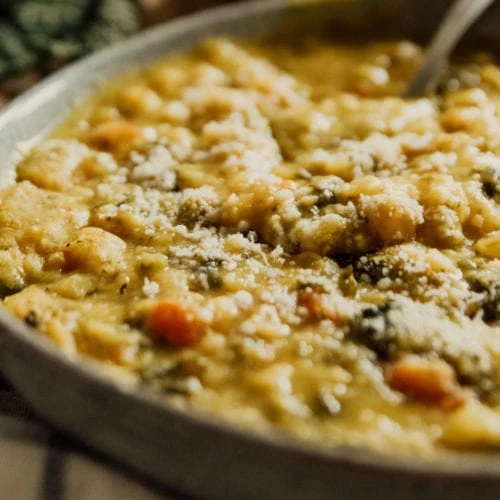
How to Cook Lentils
Equipment
- Saucepan
- Wooden spoon
Ingredients
- 1 cup lentils any variety
- 4 cups water
- salt to taste
Instructions
- Rinse the lentils under running water and sort out any bad lentils or other debris.
- Combine the lentils and water in a saucpean over medium-high heat and bring to a simmer. Reduce the heat to low and cook for 20 mintues for red lentils, 30 minutes for green lentils and 40 mintues for brown lentils.
- Season to taste and serve hot.



